AnandTech Year In Review 2019: Solid State Drives
by Billy Tallis on December 31, 2019 9:00 AM EST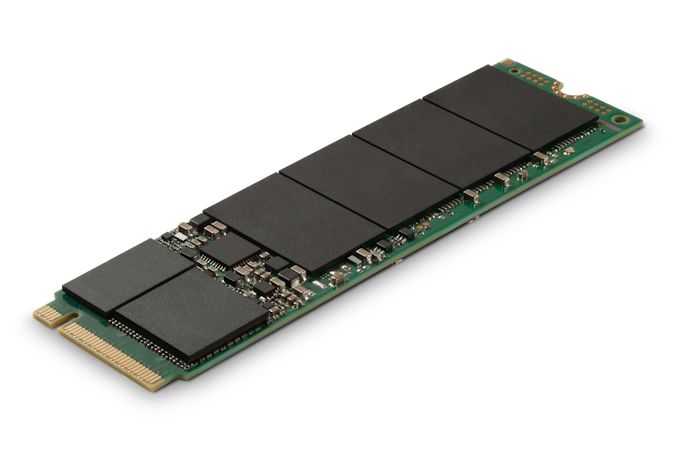
In 2019, flash memory prices have leveled out and have even crept back upward a bit, and new technologies have been slow to roll out, although we are currently on the cusp of a PCIe 4.0 revolution. The pace of R&D is still keeping up, so as we move into 2020, we should start seeing plenty of interesting developments build on the backbone of 2019 designs. Here is our Year In Review 2019 for SSDs.
3D NAND Layers and Bits Creep Upward
The big price drops for flash memory in 2018 were the result of the 64-layer 3D NAND generation working out well for most of the major manufacturers, leading to a very competitive market. The downward price trend proved unsustainable for 2019, and rather than deepen the oversupply situation most manufacturers chose to be slow about ramping up their 96-layer generation: Intel, Micron, SK Hynix. That meant that many product launches this year were still using 64L NAND and those won't be reaching EOL until 2020 (or later, for some slower-moving enterprise models).
The first 96-layer SSD launched in July 2018, but the 96L generation didn't really get seriously underway until 2019. Samsung was the first to launch retail SSDs with the new generation of 3D NAND, but they actually came up short with only 92 layers in the 970 EVO Plus. In most other respects they're still the industry leader, but in raw layer count they have clearly fallen behind. This is due largely to Samsung's decision to hold off on using string stacking for 3D NAND manufacturing, so their 92L NAND can be manufactured with fewer process steps than competing 96L NAND.
At the other end of the spectrum, SK Hynix has already started sampling SSDs using their 128L 3D NAND, and are set to announce retail models at CES 2020. They have historically tried to outpace the rest of the market on layer count, but more as a way to make up for other shortcomings in their 3D NAND's density. This year they have finally started to see some more significant success with their 3D NAND for SSD usage rather than mobile storage, but mostly with their own SSD models rather than by scoring design wins with other SSD vendors. Looking forward, Intel may take the lead for layer count in 2020 with 144L QLC NAND.
With the NAND situation progressing slowly, four bit per cell QLC NAND flash has failed to make further inroads on the SSD market. It's still an attractive option for entry-level NVMe drives, but TLC NAND is sticking around as the default choice for mainstream and high-end drives.
That hasn't stopped flash memory manufacturers from exploring ways to further increase density beyond what QLC NAND allows. Manufacturers have started publicly talking about their experiments with 5 bit per cell (PLC) NAND, which is definitely feasible on a technical level but it's not yet clear whether it'll be economically viable; all the downsides of QLC NAND are amplified by adding a fifth bit per cell. At Flash Memory Summit and IEDM this year, Toshiba/Kioxia introduced the idea of physically splitting a 3D NAND memory cell in two, providing an alternative path to density increases.
As the flash memory manufacturers plan ahead for future generations, some are reconsidering the tradeoffs between charge trap vs floating gate cell designs. Planar NAND was almost all floating-gate, but with the transition to 3D NAND all but Intel and Micron switched to charge trap. Now Micron seems to be preparing to abandon floating gate, while Toshiba/Kioxia seems to think it may be preferable for use with their split-cell geometry.
On the corporate side, 2019 saw the final dissolution of the long-standing Intel-Micron partnership for flash memory and 3D XPoint memory. Micron has bought out Intel's share of IMFT and the two companies are now conducting R&D separately. More recently, Toshiba Memory changed its name to Kioxia, helping make it clear that they are separate from the rest of the Toshiba conglomerate after being spun off and sold to a consortium of investors. Kioxia is likely to IPO under the new name soon but has not set an official timeline.
PCIe 4.0 Arrives
The biggest technological advance to hit the SSD market this year was the arrival of PCIe 4.0, though its impact has been limited. Intel's CPUs and chipsets do not yet support PCIe 4.0, so demand for NVMe SSDs using PCIe 4.0 is still quite low in both consumer and enterprise markets. Only one consumer SSD controller supporting PCIe 4.0 is currently available: the Phison E16. Drives using that controller launched alongside AMD's latest generation of Ryzen processors, but the new SSDs haven't been a clear winner like those CPUs.
Phison's strategy for being first to market with a PCIe 4.0 SSD controller was to make minimal changes to their E12 controller design, replacing the PCIe frontend and only slightly tweaking the backend with updated error correction. That means the E16 isn't able to make full use of the extra bandwidth of a PCIe 4.0 x4 link. All of Phison's competitors have decided to take a bit more time transitioning to PCIe 4.0 so that they can also switch from 28nm manufacturing to the 12nm FinFET process. That process shrink is necessary in order for controllers to reach the 7+GB/s link capacity within the power and thermal limits of M.2 SSDs.
Enterprise SSDs are also beginning the migration to PCIe 4.0 without waiting for Intel, but the longer product cycles in that market mean widespread availability of PCIe 4.0 enterprise SSDs won't happen until later in 2020.
NVMe Going Mainstream
PC OEMs have finally decided they are ready to mostly ditch hard drives and with them, the SATA interface. The market for SATA SSDs won't go away quickly, but NVMe SSDs are taking over as the standard for primary storage in PCs (and next year, consoles too). This has helped create large demand for entry-level NVMe controllers that feature fewer channels or no DRAM caches, though in the retail SSD market high-end controllers still dominate.
Since the mass adoption of NVMe comes at the same time as the PCIe 4.0 transition is starting, this has some interesting effects on product roadmaps. The ~3.5GB/s capacity of a PCIe 3.0 x4 or PCIe 4.0 x2 link is still plenty for all but the most high-end consumer SSDs. However, the lack of PCIe 4.0 support on Intel's platforms means even low-end NVMe SSD controllers are moving to support four lanes of PCIe 4.0, so that they won't end up running at PCIE 3.0 x2 on Intel systems. Once Intel adopts PCIe 4.0, we may see the entry-level NVMe market drop back to two PCIe lanes for the power and cost reductions. In the meantime, we aren't quite done seeing new PCIe 3.0 SSDs hit the market, but a year from now most controllers will be supporting PCIe 4.0.
In the retail SSD market, NVMe was already quite popular in 2018, and aside from the introduction of PCIe 4.0 not a lot changed for consumers. The year started off with a spate of what were essentially controller re-releases: new products using the same hardware as 2018 models but with updated firmware, such as the WD Black SN750 and several products using the Silicon Motion SM2262EN controller. Samsung's 970 EVO Plus re-used the same controller as the original 970 EVO while switching to their 92L TLC, and later in the year existing Phison and Silicon Motion controllers started to be paired with 96L NAND. This led to the release of the first 4TB consumer M.2 SSD: the Sabrent Rocket, using a Phison E12 controller.
This year also saw the release of version 1.4 of the NVMe specification. The new material consists almost entirely of new optional features, so there's usually no practical impact to seeing version 1.4 on a drive's spec sheet instead of version 1.3. Most of the new features are only relevant to server or embedded use cases, so most consumer SSDs won't be implementing any of the new optional features.
Form Factor Migrations Begin
The switch to NVMe has led to experimentation and innovation with SSD form factors. In 2018 the Intel Ruler concept spawned a wide array of form factors under the Enterprise and Datacenter Small Form Factor (EDSFF) family of standards. Now that EDSFF has seen some real-world adoption, the options have been tweaked a bit and different product segments are starting to coalesce around particular variants. The E1.L (EDSFF 1U Long) form factor that most closely resembles the original Intel Ruler is best suited for dedicated storage boxes using extremely high capacity drives. The shorter E1.S form factor is proving to be the most popular EDSFF variant, and two different heatsink designs have been standardized, with the thicker heatsink intended to allow EDSFF slots to accommodate compute accelerators that draw more power than typical SSDs.
On the client/consumer side, M.2 still reigns supreme, but there's a trend among PC OEMs toward shorter card lengths like M.2 2230 instead of the M.2 2280 that is standard for retail SSDs. DRAMless NVMe controllers and single-package BGA SSDs along with high-density 3D NAND have drastically reduced the PCB area requirements for 1TB and smaller capacities that make up the bulk of the client SSD market. High-end drives won't abandon M.2 2280, but many ultrabooks and tablets don't need that kind of storage and smaller SSD form factors give OEMs more flexibility in laying out system internals.
Toshiba/Kioxia has also proposed a new tiny form factor intended to be a replaceable alternative to BGA SSDs and significantly smaller than the smallest removable M.2 card sizes. Their XFMEXPRESS proposal might catch on in a niche of embedded systems, tablets and other portable devices.
Optane and 3D XPoint Mostly Stagnant
Intel's Optane products based on their 3D XPoint memory saw little progress this year. In the consumer market, the only new product was the OEM-only Optane Memory H10, which basically combined two existing products onto one board, adding new restrictive platform compatibility requirements in the process. Intel's planned but delayed Optane Memory M15 and Optane SSD 810P products that would have been the first PCIe 3.0 x4 options in the M.2 2280 form factor were ultimately cancelled, so there's still a big gap between the PCIe 3.0 x2 Optane M.2 drives and the Optane 900P/905P. As hard drives are increasingly disappearing from PCs, Intel has a hard time selling Optane as a caching solution.
Optane DIMMs (branded Optane DC Persistent Memory) did land in the server market and eventually high-end workstations with Cascade Lake, after being originally targeted for release with Skylake-SP processors on the Purley platform. Intel's public roadmaps don't have Optane DIMMs coming to mainstream consumer platforms, but they plan to keep iterating on the persistent memory modules in cadence with their server platform updates.
Intel did promise that 2020 will see the release of their second generation of enterprise Optane SSDs, but aside from the Alder Stream codename they haven't shared much concrete information. Micron has also finally announced a 3D XPoint product, the X100 SSD. This appears to be aiming even higher than Intel's Optane SSDs and is likely to set many records for performance from a single SSD. Both Intel's Alder Stream and the Micron X100 are likely to use PCIe 4.0 and second-generation 3D XPoint memory, the last generation of storage technology co-developed by Intel and Micron before their breakup.
Aside from 3D XPoint, no new non-volatile memory technologies are close to having a significant impact on the SSD market, but Everspin's MRAM has made a bit of progress toward use as an alternative to DRAM caches with power loss protection capacitors in enterprise SSDs.


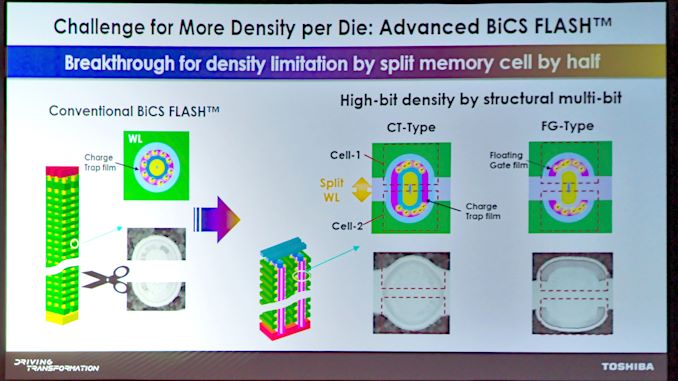
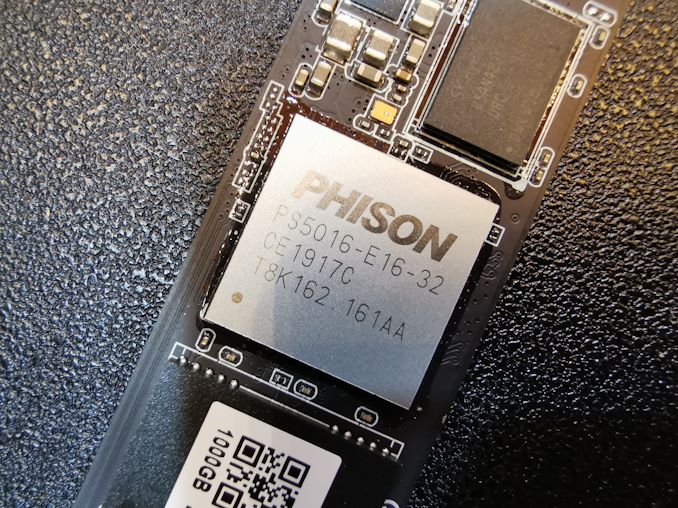
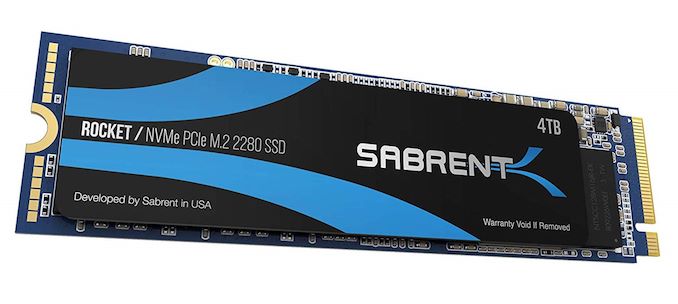
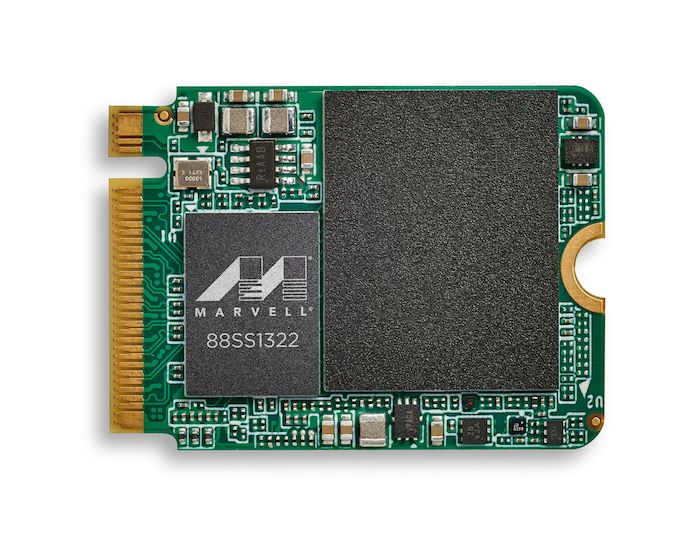
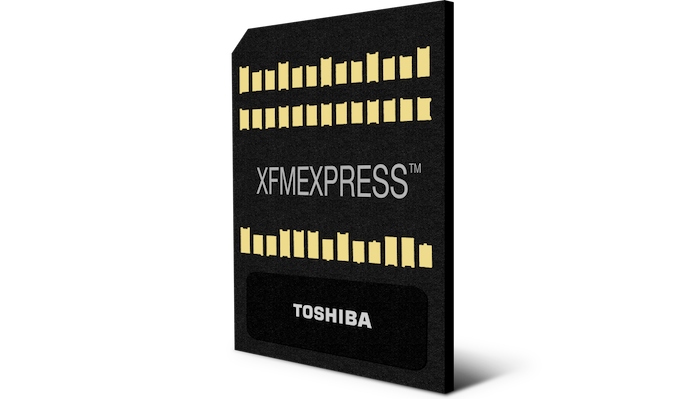
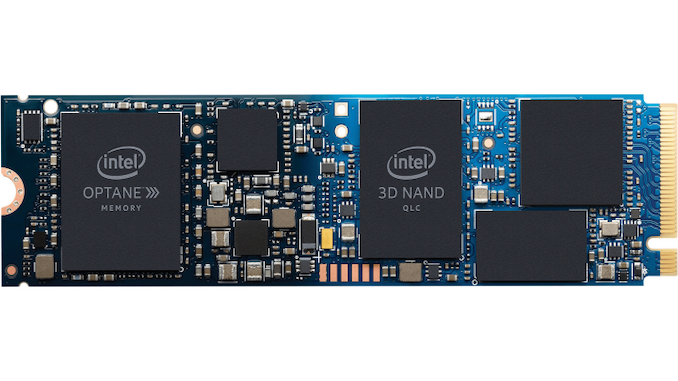
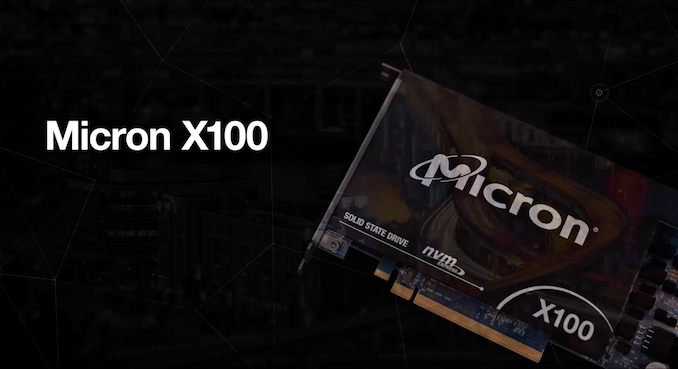








42 Comments
View All Comments
Tomatotech - Wednesday, January 1, 2020 - link
Two questions:- As peak ssd transfer speeds bump against SATA / PCIe ceilings, I was expecting to see more attention to random transfer speeds. In my experience random transfer speeds matter far more than sequential peak speeds. However this doesn’t seem to be happening - random speeds still stumble along at a few dozen MB/sec. Could anyone explain why? Am I overrrating random speeds or are they truly difficult to raise?
- What is the future of NVME in the customer space? We have SATA I, II, & III and PCIe 1.0 - 4.0 etc. Is there a NVME 2.0 planned? (Article only mentions NVME 1.4 which makes little difference.) Is there a cap to NVME max transfer speeds?
Death666Angel - Wednesday, January 1, 2020 - link
Your second point: you are confusing software protocol with hardware standards. NVME replaced AHCI for flash storage (connected via SATA), but it still uses PCIe as the physical transfer protocol. AHCI is only on version 1.3.As for the random speeds: Bench shows current SSDs having peak 60 to 80 MB/s 4kB QD1 random read and 300 to 500 MB/s 4kB QD1 random write numbers for current drives. So not necessarily something I would equate to "a few dozen MB/s". Considering that random accesses are probably smaller in nature, this already seems pretty good and is better than SATA SSDs manage. The Optane performance in random read shows that there seems to be a fundamental drawback to flash storage in that area. Enhancing sequential speeds can be done by throwing more processing cores at the problem, having more NAND flash die in parallel. Getting better random performance has to come from increased single thread throughput, higher flash die transfer rates, which is more difficult.